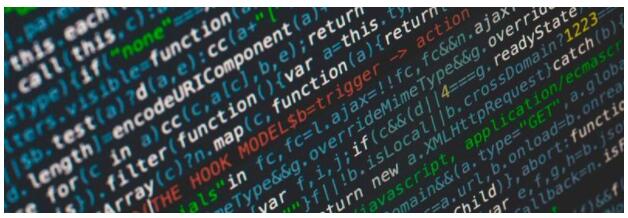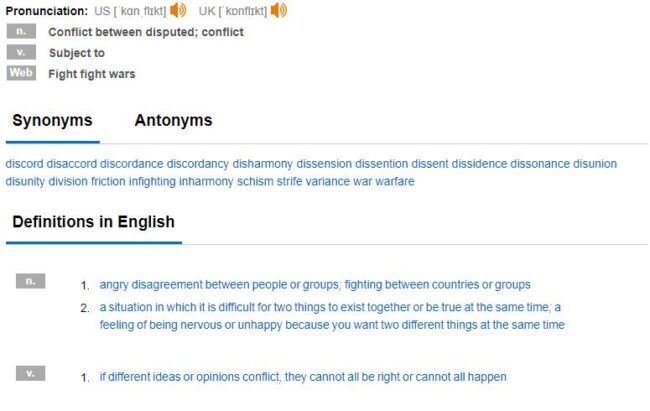What is a webhook?
Webhooks are a method of allowing web servers to communicate directly with each other that actually cannot. In this way, for example, services can be linked intelligently. The possible uses are extremely diverse.
A webhook is used in distributed systems as well as in message-oriented middleware. It is a non-standardized communication process. This is commonly used to let web servers talk to each other, which actually cannot do this due to different languages.
This also explains the name: Machines are “hooked” to one another in the network. Webhooks prove their added value in two ways: First, they can intelligently connect web services that run via the server (or the middleware). Second, they don’t need specialized interfaces.
Typical areas of application for webhooks
Webhooks are typically used in the following four areas:
Event notification : For example, the webhook informs the user that a message has been received via Facebook Messenger or that a new video has been gnawed online on a subscribed YouTube channel.
Event triggering : For example, webhooks can be set up to trigger telephone calls. This is a common emergency system that website operators use to be informed when they are no longer online.
Forwarding of data (pipes): For example, users receive e-mail notifications when a certain event occurs (e.g. posting a new post by a friend on Facebook).
Communication between a website and plugins or apps.
These areas of application show that the possible uses are extremely diverse. In the first cases one speaks more precisely of the event hook . Webhooks have become indispensable in times when mobile applications, classic programs and countless web services have to communicate with each other.
The technical functioning of webhooks
Technically speaking, a webhook is nothing more than a URL address. This can even be called up via the browser. It is inserted into software or an application using the appropriate protocol or language (e.g. via PHP , Javascript , Bash). The program assigns a command to the URL. This comes from the areas presented above.
The URL is then used for an http request sent by the other web server or the service that operates it. The request is made with a specific payload (ie with the user data necessary for the implementation of the request). These are usually in JSON format, as this standard can also be read by humans and is therefore particularly easy to control.
Configuration options for users
Many operating systems (both mobile and for classic computers) delegate some of the configuration options of webhooks to the user. As a rule, they do not even know that they are making the appropriate settings for a server communication process. In the smartphone, for example, this affects whether (and if so, in what form) event notifications may be displayed on the lock screen. The webhooks also offer an elegant solution to improve the user experience.



